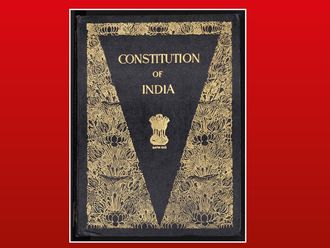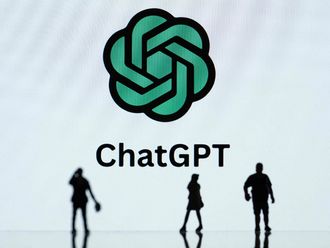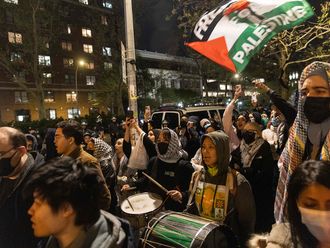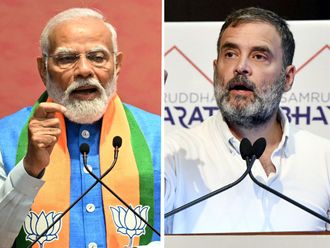American politics is consumed by a bitter, at times violent, debate about the overall role of government and specific governmental programmes.
Pundits often frame this divide in terms of geography (red states versus blue states), ethnicity (Hispanics and blacks versus whites), class (rich versus poor), or age and gender. Those factors matter, but seeing polarisation only in terms of group versus group misses an important paradox about Americans: Most Americans have both deep conservative instincts and liberal instincts.
This personal inner conflict need not calcify America's national divide. Instead, it could form the basis for a new and unifying consensus or civic ethos. To do this, though, political leaders must build on the quintessentially American politics of today's Millennials (those born between 1982 and 2003), who prize individual initiative at the local level to achieve national goals.
American political opinion looks in two directions — both left and right, or liberal and conservative — at the same time. Social scientists Lloyd A. Free and Hadley Cantril were the first to use survey research to describe and analyse this paradox of public opinion that has always shaped US politics.
In their book, The Political Beliefs of Americans (1967), they maintained that Americans consistently demonstrate a conflict between their general attitudes toward "the proper role and sphere of government," (which drove the big Republican gains last November) and their attitudes toward specific governmental programmes (which helps explain broad American support for "big government" programmes like Medicare).
According to Free and Cantril, most Americans have conservative attitudes concerning the size of government, and liberal beliefs in support of programmes to protect themselves economically. This leads majorities to favour smaller government, individual initiative, and local control while endorsing major governmental programmes ranging from Social Security to student grants and loans.
Ingenious solution
This tension has always been a part of American politics. The US Constitution was itself the product of fierce debate in the wake of the failed Articles of the Confederation. The ingenious solution the Founders gave us was both a strong central government and equally powerful guarantees of individual liberty embodied in the Bill of Rights. Notably, that solution was largely the product of that era's young adults, the so-called Republican Generation.
Even in the depths of the Great Depression, Gallup revealed this conflict between the public's programmatic liberalism and conservative ideology. On the one hand, large majorities believed that the government should provide free medical care to the poor (76 per cent), extend long-term, low-interest loans to farmers (73 per cent), and implement the newly created Social Security programme (64 per cent). By contrast, only a minority wanted the government to take over railroads (29 per cent) and banks (42 per cent), or limit private fortunes (42 per cent).
In 1964, as President Lyndon Johnson was announcing his Great Society initiatives, Free and Cantril, using the results of commissioned Gallup polls, determined that within the electorate, ideological conservatives outnumbered liberals by more than 3 to 1 (50 per cent to 16 per cent). But in those very same surveys, support for liberal government programmes exceeded conservative opposition by a ratio of 4.6 to 1 (65 per cent to 14 per cent).
In every Pew survey, there were always more conservatives than liberals regarding the overall role of government and a greater number of liberals than conservatives in support of programmes designed to promote equality and economic well-being. In effect, the United States is neither a centre-right nor a centre-left nation; it is, and always has been, both at the same time.
Morley Winograd and Michael D. Hais are fellows of NDN and the New Policy Institute and coauthors of Millennial Makeover: MySpace, YouTube, and the Future of American Politics.










